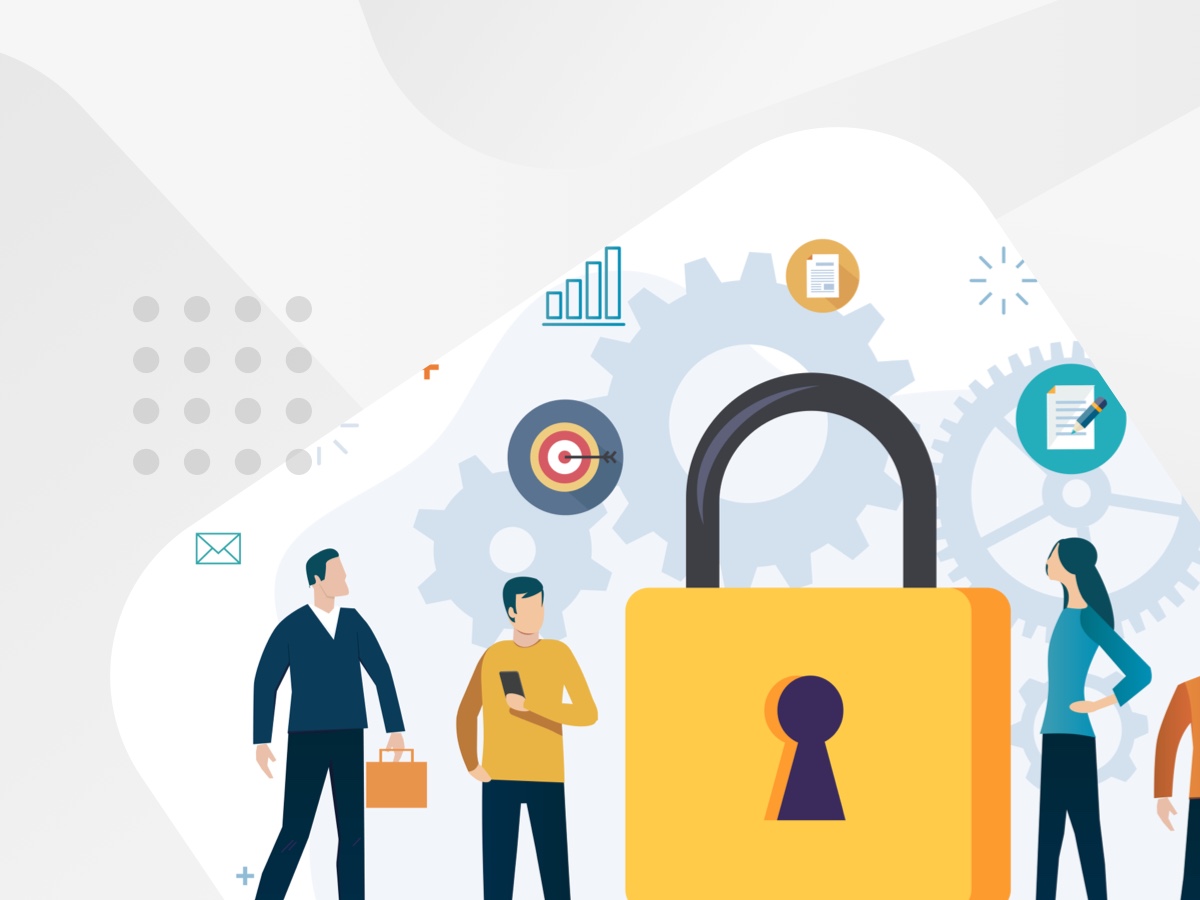What is a fake bank account?
There has been a steady rate in the reporting of criminals using false or stolen identities over recent years. Approximately 84,000 instances of stolen information being used to set up a new bank or utility account have been reported (per the ABS).
Fake bank accounts allow the perpetrator to act while keeping their identity concealed. This can result in the financing of criminal activity while preventing police and government agencies from enforcing punishment for this fraud.
Australian fraudsters typically use one of two types of fake bank accounts:
- An account created under a fictional persona, accomplished with the forging of documents and bypassing security measures. Sometimes this is accomplished by combining real-world information from multiple people to create a new account holder.
- An account mimicking the stolen identity details of an actual Australian citizen. This identity theft directly undermines the other person’s creditworthiness, information security, and bank balance.
Why are fake bank accounts dangerous?
Whether your personal or company details have been used in part or in full, a fake bank account can have devastating effects and take a long time to resolve. Consequences of fake bank accounts include being:
- locked out of bank accounts
- unable to change personal information
- adversely affected by false data
- the victim of financial theft.
Additionally, your creditworthiness may decrease unbeknownst to you, unfairly hindering your ability to secure further credit from a bank or lender.
Similarly, the consequences can be dire for any Australian business trading with an unknown or deceptive company using a bank account that’s fake or includes false information. You may unwittingly be sponsoring a criminal organisation with your trading. To stay compliant and vigilant, every company must conduct regular Know-Your-Customer (KYC) and Ultimate Beneficiary reporting. These reports identify beneficial owners and flag suspicious entities ahead of time.
Signs of a fake banking account or criminal corporate activity
Signs of a fake bank account or criminal corporate activity include:
- Account information which matches another business or individual’s details
- Suspicious communications from an unknown email, app or phone number relating to an account
- Entities with obscured business ownership or complex ownership structure
- Trading partners that are unwilling to provide basic information for compliance or risk analysis
- An unwillingness to provide identity verification documentation
- Regular court actions or ASIC notices against the company.
How have fake bank accounts been dealt with in Australia?
In Australia, many businesses are required by law to provide evidence of Know-Your-Customer (KYC) and Ultimate Beneficial Owner reporting and compliance.
This customer identity and beneficial owner checking allows regulators and enforcement agencies to curb the growth of identity theft, bank account fraud and other instances of criminality. It also aids in Anti-Money Laundering (AML) and Counter-Terrorism Financing (CTF) activity from authorities. As a result of these measures and others, the scam victimisation rate decreased in 2022 compared to the previous year.
How can I protect myself as an individual?
To protect yourself from instances of theft and scams, these are some of the popular strategies to consider:
- Adopt identity security measures such as Two Factor Authentication (2FA)
- Report any communication from suspicious emails or phone numbers to the provider
- Do not hand out account passwords or card information to unknown entities or respond to pictures of fake bank accounts. If you’re unsure, contact your bank or financial advisor
- Check your account balance regularly for suspicious activity, such as a fake Osko payment
- Monitor your credit scores and reports for incorrect information.
Consider changing your passwords and contacting authorities if you believe:
- Your account access has been stolen
- You’ve had money stolen from a bank account in Australia
- You’ve been a victim of Osko scams
- Any other fraudulent activity has occurred.
What fraud minimisation tactics exist for businesses and creditors?
Australian businesses can conduct essential KYC and Beneficial Owner reporting from the all-in-one CreditorWatch platform. This is seamlessly integrated with the award-winning InfoTrack search portal. Compliance is simple and effective, while the information is extensive, with additional Verification of Identity (VOI), Document Verification Service (DVS), and other international reports. CreditorWatch helps you quickly and efficiently meet all business obligations under the Anti-Money Laundering and Counter-Terrorism Financing Act (2006).
Even if your business isn’t required to report under law, you can minimise exposure to unknown criminal Beneficial Owners with a single click. No longer will staff need to trawl through ASIC records and ownership structures to determine who ultimately makes a profit. Failure to do so may expose your business to politically exposed entities, companies acting fraudulently, and unknown benefactors. The more you know about the companies you work with, the less exposed your business will be. We can help you create that security.
With the power of the CreditorWatch reporting suite behind your business, you can quickly comply with regulations, flag risky or suspicious companies, and ensure you’re only dealing with the most reputable and dependable trading partners.
Speak to our expert team today.

Get started with CreditorWatch today
Take your credit management to the next level with a 14-day free trial.

